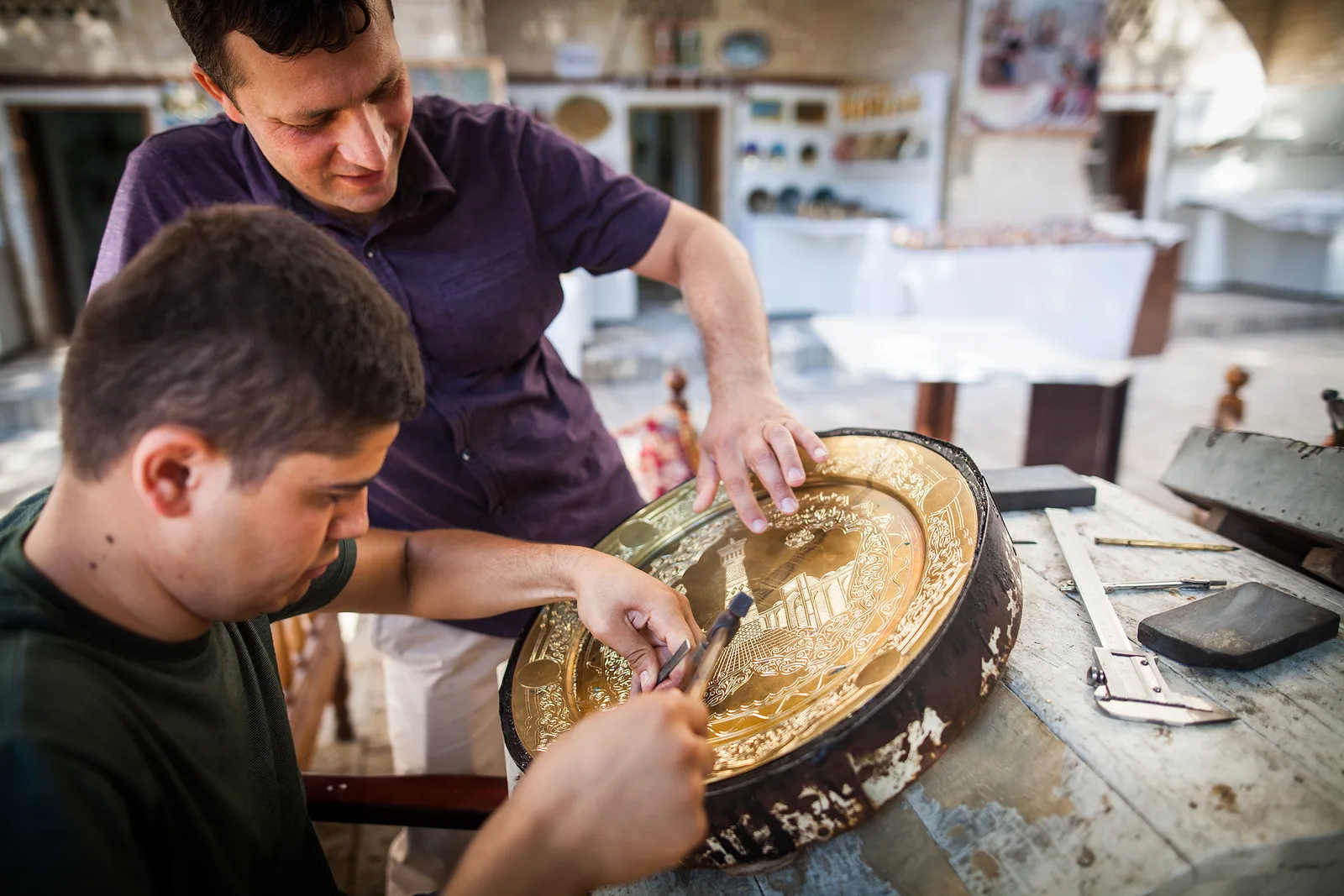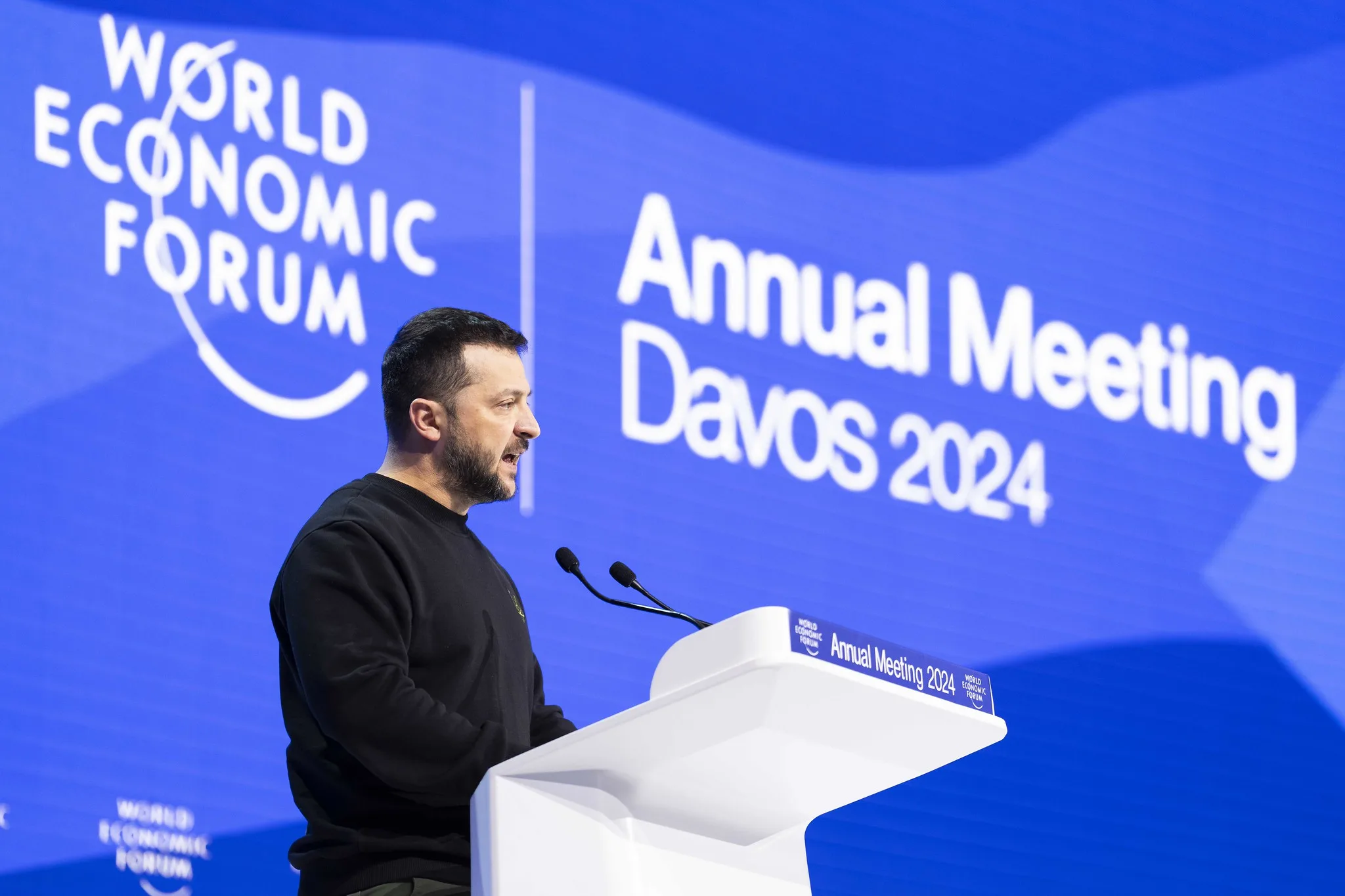One of the youngest and fastest growing countries in the world (it has the highest birthrate of anywhere in Central and Eastern Europe and Central Asia), it’s a confident Uzbekistan that begins 2024.
With a GDP growth rate of between 5.5 and 5.8 per cent forecast for the next three years, the country’s economy is poised to maintain a robust expansion—the country’s growth forecasts are the highest for any country in Central and Eastern Europe and Central Asia.
This growth is driven by strong performance in agriculture and services—notably information technology (IT), which the government has been keen to promote as a cornerstone of its development strategy.
Indeed, Uzbekistan’s IT sector has emerged as a beacon of innovation and entrepreneurship, with the government implementing policies to foster an ecosystem conducive to start-ups and tech giants alike. This includes the creation of IT parks, tax incentives, and educational reforms aimed at bolstering a tech-savvy workforce.
The fruits of these labours are beginning to be seen, with a burgeoning digital economy contributing to the diversification away from traditional mainstays such as agriculture—particularly cotton—and natural resources.
Not that Uzbekistan’s cotton industry has been neglected. Indeed, the sector has seen a resurgence over the past two years since the end of an international boycott, experiencing solid growth and a shift to the production of high quality textiles.
Uzbekistan is the world’s sixth-largest cotton producer but a boycott of Uzbek cotton, initiated in 2010 by the Cotton Campaign over the use of forced labour in the harvest, hit revenues. In 2021, however, the World Bank found that forced labour had been eliminated and the boycott was lifted in 2022.
Other key sectors include industry, particularly in energy and mining. Uzbekistan is a leading producer of natural gas, gold, and uranium. The government is also focusing on developing the automotive, machinery, and chemical industries.
In the services sector, tourism has been identified as a key potential growth area. Uzbekistan’s rich cultural heritage, such as the Silk Road cities of Samarkand, Bukhara and Khiva, present opportunities to attract international visitors, and the government has eased visa restrictions for many nations in order to facilitate this, as well as build an impressive new airport at Samarkand.
The challenge of politics
However, the economic narrative of Uzbekistan is not without its challenges. The political context remains a crucial factor, with the government’s reform agenda being carefully balanced against the backdrop of regional geopolitical dynamics.
Uzbekistan has, like its neighbours, refused to support Russia’s invasion of Ukraine, and has vowed to abide by Western sanctions despite maintaining close ties with Moscow. The administration’s efforts to maintain stability and attract foreign investment are critical, especially as the country seeks to enhance its role on the international stage.
A high profile visit to the country by French President Emmanuel Macron in November last year was viewed as a success. “President Mirziyoyev and I have agreed to build a strategic partnership,” Macron—who was accompanied by a large trade mission—said during the visit.
Since taking office in 2016, President Shavkat Mirziyoyev’s administration has been marked by a series of comprehensive reforms aimed at modernising the economy and improving governance. The political landscape, while still evolving, has seen increased visibility for a hitherto rubber stamp parliament and a push for more transparent decision-making processes.
The government’s anti-corruption drive and efforts to strengthen the judiciary have been significant, with a growing number of prosecutions of officeholders for alleged corruption. These measures are crucial for fostering a business environment that is conducive to investment and economic growth.
However, the political system remains president-centric, and critical discussion is not always encouraged.
Falling inflation, falling poverty rates
Inflation, which has been a persistent thorn in the side of economic stability, is expected to trend downwards in 2024, with the government targeting a rate of under 10 per cent. According to the International Monetary Fund (IMF), at the end of 2023, the 12-month inflation rate was projected to have declined by more than three percentage points—compared to the same period last year—to nine per cent, helped by a high real policy rate, a value-added tax rate cut, and lower international food and energy prices.
The fiscal policy is set to remain expansionary, with the consolidated budget deficit projected to have been around 5.5 per cent of GDP for 2023. This is indicative of the government’s commitment to investing in social infrastructure, education, and healthcare, essential for long-term sustainable growth.
The government aims to reduce the consolidated deficit to four per cent of GDP in 2024 and three per cent in 2025. This will rebuild fiscal buffers to respond to potential shocks and help reduce inflation, which particularly benefits the poor, says the IMF. The World Bank meanwhile suggests that the national poverty rate is projected to have fallen marginally to 13.9 per cent in 2023. The government aims to halve the poverty rate by 2026.
A balancing act
Uzbekistan’s economy in 2024 is a study in balancing act—between harnessing the potential of emerging sectors like IT and managing the macroeconomic levers to ensure stability.
With a strategic eye on both domestic reforms and the global economic order, Uzbekistan is charting a course towards sustainable prosperity, but analysts believe that it will need to speed up the process of privatisation in order to fully deliver a prosperous market economy. Management of enterprises which remain in government ownership will need to be improved.
Nevertheless, Uzbekistan’s economy is on a positive trajectory, with key sectors showing potential for growth and a government committed to reform. The political climate, while still controlled, is showing clear signs of gradual opening, which could further enhance the country’s economic prospects and attractiveness to foreign investors.
As Uzbekistan continues to navigate its path towards becoming an upper-middle-income country, the interplay between economic reforms and political developments will be crucial in shaping its future.







